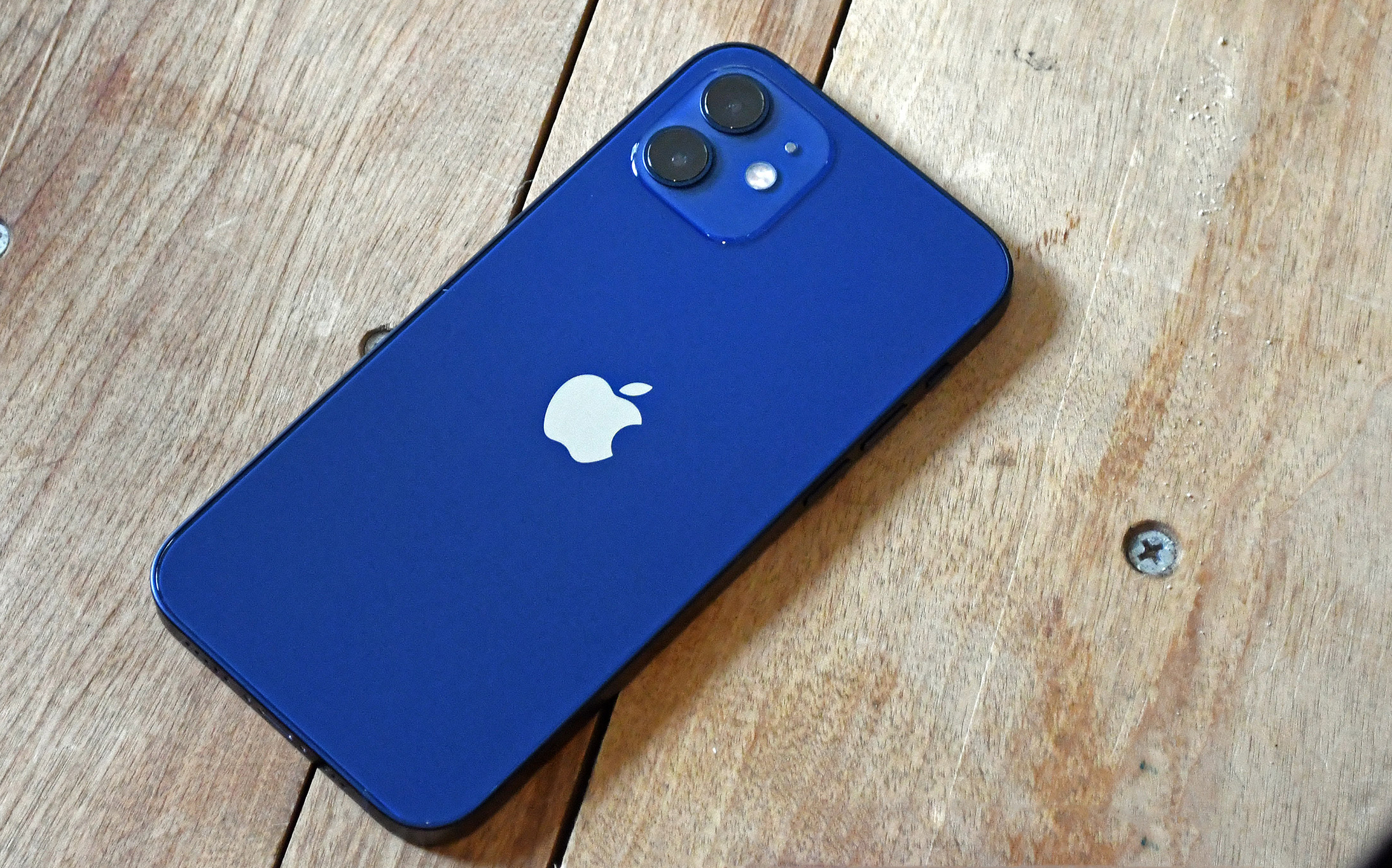Totally button-free iPhones could be coming after iPhone 13
Apple may get rid of more than ports on future iPhones

The portless iPhone might not be the only thing Apple is developing. Cupertino could also be working on a phone that doesn’t have any buttons.
That’s according to a new Apple patent application uncovered by AppleInsider. According to the application, buttons interrupt the “continuity of the device housing”, and mechanical buttons can suffer wear and tear over time. This problem, if you can call it that, may be fixed in a future iPhone — but probably not on the iPhone 13.
- Everything we know about the iPhone 13
- What to expect at the Apple April 20 event
- Plus: iPhone 13 renders just revealed Apple’s new phone from every angle
"Invisible" buttons may be the answer, if this patent application is anything to go by. Rather than having a mechanical switch that you toggle on and off, this hypothetical iPhone would rely on capacitive sensing. That way, the "button" can be part of the device’s main housing and there will be no moving parts that might break down.
Of course, "invisible" may not be the right word, because people need to know where a button is. The patent mentions the use of invisible backlit holes which can "make the input selectively visible or invisible to the user."
It’s not clear how that would work, especially if there’s a point where you may not be able to clearly see where your buttons are.
The case for ditching buttons
Apple’s patent application makes it clear that ditching buttons is mostly an aesthetic choice, and the application goes on at length about how people expect their phones to look good.
But the application does make some valid points, such as how there currently needs to be a small gap between the button and the phone. That gap could let dirt or moisture inside the phone without the user even realizing it.
Sign up to get the BEST of Tom's Guide direct to your inbox.
Get instant access to breaking news, the hottest reviews, great deals and helpful tips.
Wear and tear is also brought up, though that may not be such a huge issue. Maybe I’m a special case, but I’ve never had any issues with the buttons on my smartphones breaking. Plenty of other things have gone wrong, but never the buttons.
But what's better than a button?
Apple isn’t wrong — wear and tear does happen and problems do occur — but do they really happen so much that it’s a major concern?
Capacitive sensors may not wear down as quickly as physical buttons, but they’re not immune from problems. I suspect that replacing or fixing sensors will be more of a chore than fixing button mechanisms.
The main issue I have with this idea is that traditional buttons have multiple advantages. They are easily visible, which Apple’s patent application considers a bad thing. But everyone knows where the buttons are, and no one needs to fumble around trying to get something done.
Physical buttons are tactile, and you can easily use them without looking. That’s incredibly useful from an accessibility standpoint, and these “invisible” buttons would need some sort of physical affirmation such as haptic feedback.
A patent application is only a patent application, so there’s zero guarantee that the iPhone will lose its buttons anytime soon. It may be the right kind of feature to roll out alongside a portless iPhone so you can get a truly uninterrupted phone design.
Rumor is that the portless iPhone won’t be arriving this year. Don't hold your breath for the button-less iPhone to be coming anytime soon either.
- More: iPhone 13: 7 of the biggest upgrades we're expecting to see

Tom is the Tom's Guide's UK Phones Editor, tackling the latest smartphone news and vocally expressing his opinions about upcoming features or changes. It's long way from his days as editor of Gizmodo UK, when pretty much everything was on the table. He’s usually found trying to squeeze another giant Lego set onto the shelf, draining very large cups of coffee, or complaining about how terrible his Smart TV is.
